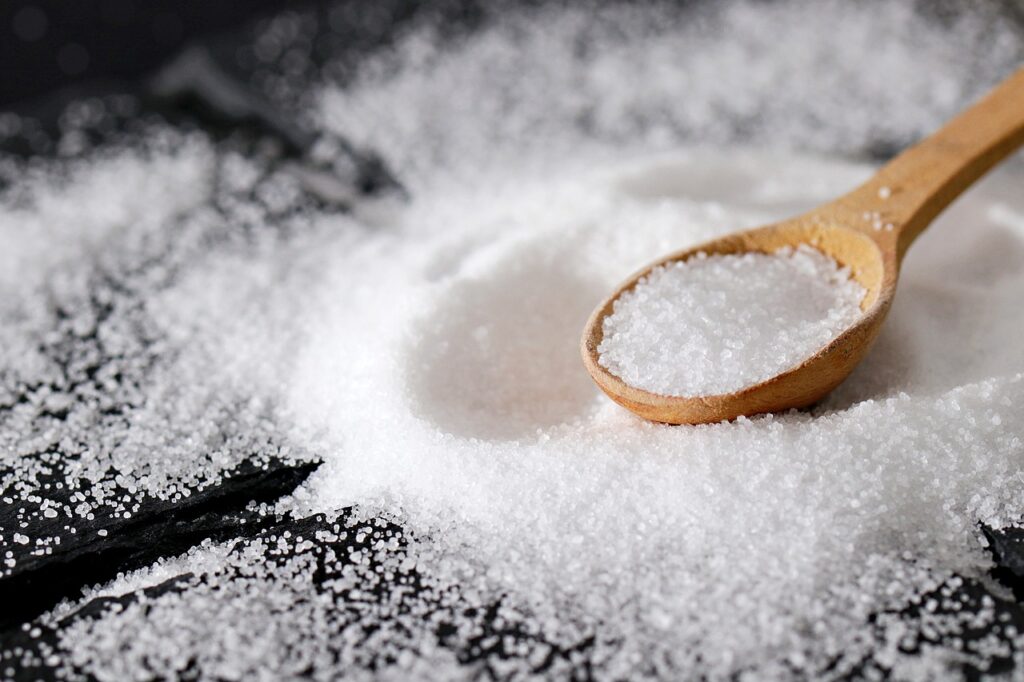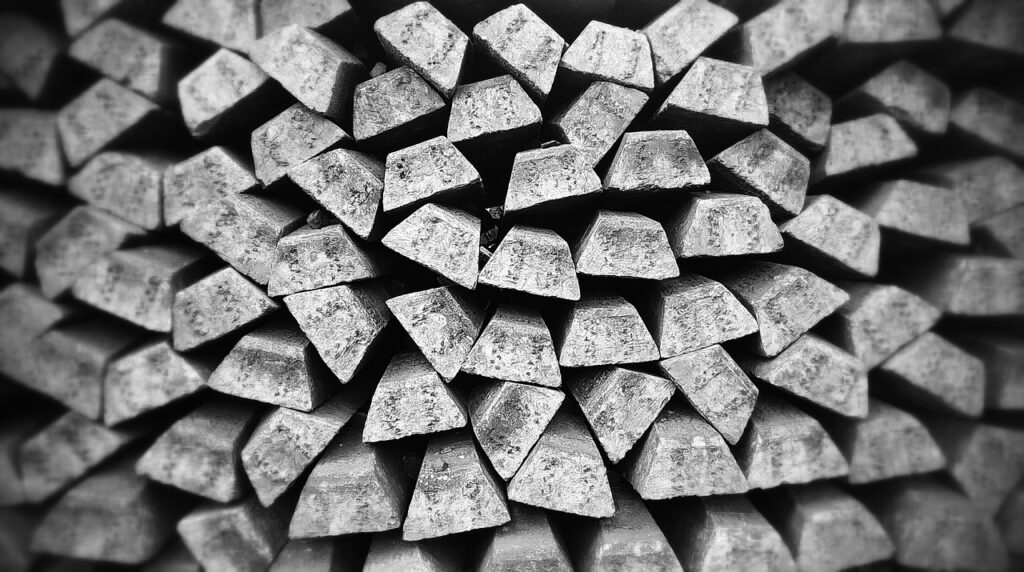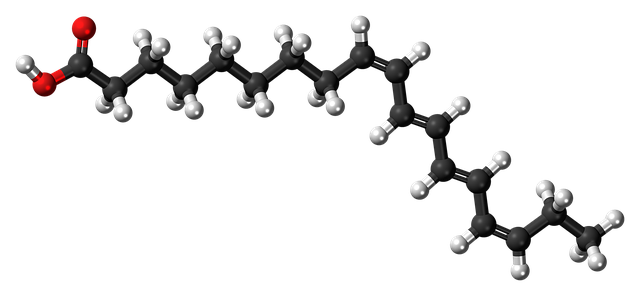Solubility equilibria are compounds interact and dissolve in water. The idea of solubility equilibrium is especially critical when we discuss about salts that are sparingly soluble. These salts do not dissolve entirely in water, and their restricted solubility gives rise to a dynamic equilibrium between the undissolved solid and the ions present in the solution.

Sparingly Soluble Salts
Ionic substances that dissolve just marginally in water are known as sparingly soluble salts. Silver chloride (AgCl), calcium carbonate (CaCO₃), and barium sulfate (BaSO₄) are a few examples. Only a small portion of these salts separate into their component ions when dissolve in water; the residue stays solid at the bottom of the container.
Solubility Product (Ksp)
One important parameter in the research of solubility equilibria is the solubility product, Ksp. It is the result of multiplying each ion’s molar concentration in a saturated solution by its stoichiometric coefficient in the balanced chemical equation.
For example, we consider the dissociation of silver chloride (AgCl):
AgCl (s) ↔ Ag + (aq) + Cl−(aq)
The solubility product expression for this equilibrium is:
Ksp = [Ag+] [Cl−]
Here, [Ag+] and [Cl−] represent the equilibrium concentrations of silver and chloride ions in the solution.

Factors Affecting Solubility
1.Common Ion Effect: A salt is sparingly soluble becomes less soluble when a salt with a common ion is added. For example, adding NaCl to a saturated solution of AgCl causes the number of chloride ions to rise, which throws the equilibrium back and makes AgCl less soluble.
1. pH of the Solution: Salts with basic anions, such as hydroxide (OH⁻) or carbonate (CO₃²⁻), become more soluble in acidic solutions. This occurs as a result of the anions’ reaction with H+ ions, which lowers their concentration and tips the balance in favour of dissolution.
3. Temperature: For the majority of salts, solubility generally rises with temperature. There are several instances, though, when solubility declines as temperature rises.

Applications of Solubility product :-
Predicting of solubility of sparingly soluble salt :- Solubility of a sparingly soluble salt can be calculated fro it solubility product at a given temperature.
Predicting precipitation formation :–
If ionic product > Ksp : precipitation takes place
If ionic product < Ksp : no precipitation takes place.
Precipitation of common salt :- When HCL (Hydrochloric) gas is passed through the saturated solution of impure common salt, the concentration of Cl– increases due to ionisation of HCL.
NaCl = Na+ + Cl– HCl = H+ + Cl–
Thus, ionic product [Na+] [Cl–] exceeds solubility product and pure NaCl precipitation out.
Qualitative Analysis: In qualitative inorganic analysis, solubility equilibria are widely working to identify and separate ions in a mixture. The Ksp values used in precipitation reactions aid in identifying which ions, under particular circumstances, will form insoluble compounds.
Water Treatment: Ksp is in use in water purification to understand the precipitation of undesirable ions, such as calcium and magnesium, which result in hard water.
Pharmaceuticals: Many medications are sparingly soluble in water, solubility equilibria frequently determine drug solubility and bioavailability.
Calculating Solubility Using Ksp
To calculate the solubility of a salt, we set up an expression that is Ksp. Example, for a salt like Ag₂SO₄:
Ag₂SO₄ (s) ↔ 2Ag + (aq) + SO₄2−(aq)
The Ksp expression is:
Ksp = [Ag+]2 [SO₄2−]
If the solubility of Ag₂SO₄ is s, then [Ag+] = 2s and [SO42−]. Substituting these values into the Ksp expression allows us to find s.
Importance in Everyday Life
Applications for the theoretical concepts of solubility equilibria. These ideas explain a variety of everyday occurrences, from the precipitation of minerals in nature to the scaling in boilers brought on by calcium salts.
To sum up, the investigation of sparingly soluble salts’ solubility equilibria aids in our knowledge and forecasting of these substances’ actions in diverse settings.
Ionic substances that dissolve just marginally in water are known as sparingly soluble salts. They bring the ions in solution and the undissolved solid into balance. CaCO3, BaSO4, and AgCl are a few examples.
The equilibrium constant for the dissolution of a salt that dissolves sparingly is the solubility product, Ksp. The molar concentrations of the ions in a saturated solution, each increased to the power of their stoichiometric coefficients, are multiplied to create this expression.
A salt that is sparingly soluble loses solubility due to the common ion effect. The equilibrium is shifted backward and dissolution is decreased when a salt that shares an ion with the sparingly soluble salt is added. This increases the concentration of that ion in solution.
Salts with basic anions, such as CO₃²⁻ or OH⁻, become more soluble in acidic solutions. This happens as a result of the basic anions’ reaction with H+ ions, which lowers their concentration and support the salt’s solubility.
Yes, the majority of salts become more soluble as the temperature rises, but some salts—like cerium sulfate—show decreasing solubility as the temperature rises because of their exceptional thermodynamic characteristics.
In disciplines like environmental science, water treatment, pharmaceuticals, and qualitative inorganic analysis, solubility equilibria are essential. As we know Ksp aids in removing the hardness from water or forecasting precipitation reactions in lab tests.
Set up the Ksp expression using the dissociation equation to determine a salt’s solubility. The solubility in moles per liter can be obtained by substituting the solubility (s) into the formula for ion concentrations and solving for s.